Taaffeite Gemstone: Prices, Meaning, Properties & Benefits
 Taaffeite (pronounced tah-fait, tar-fait or taw-fight) is a transparent gemstone mostly known for its gorgeous mauve coloring and scarcity.
Taaffeite (pronounced tah-fait, tar-fait or taw-fight) is a transparent gemstone mostly known for its gorgeous mauve coloring and scarcity.
If you’ve ever wondered about the rarest gemstones in the world, taaffeite is one of them. Not only that, taaffeite’s variety musgravite is another one of the rarest gems.
But is taaffeite the rarest gemstone? No, the number-one spot for the world’s rarest gemstone goes to painite.
Besides its rarity, taaffeite is also known for historically being mistaken for spinel. Another unique aspect of taaffeite is that it’s the one and only gemstone first officially identified through analyzing a faceted specimen.
Intrigued yet? If you want to learn more before browsing taaffeite for sale, stay tuned as we go over just how rare taaffeite is, along with this gemstone’s properties, healing powers, history, and prices!
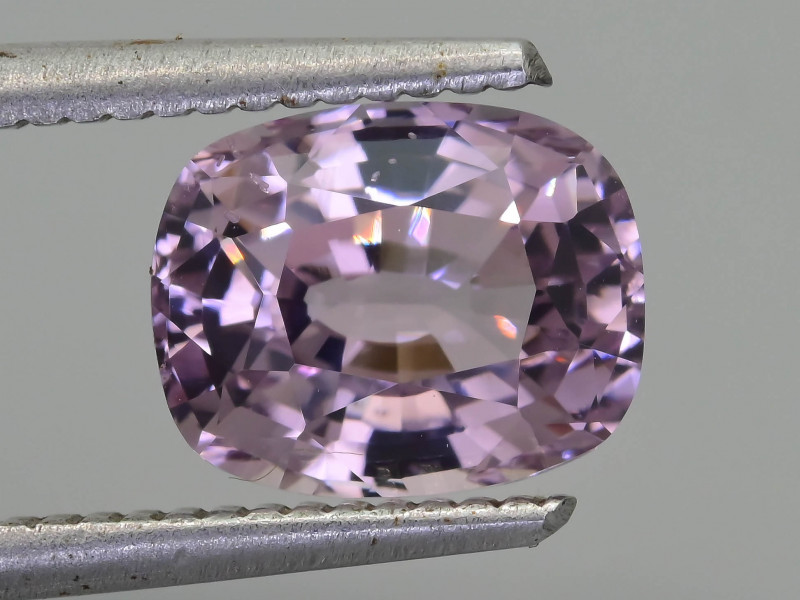
About Taaffeite Stone
Despite exceeding the rarity and prices of some of the precious gemstones, taaffeite is a semi-precious gemstone. One alternate name for taaffeite is bemagalite.
Now, just how rare is taaffeite?
In 1982, the magazine Gems & Gemology reported that only 10 identified taaffeite stones were known. Though more material could still be discovered, the supply of fine-quality taaffeite stones today remains short.
One notorious (and historical) confusion exists between taaffeite vs. spinel. Spinel is known for being an “imposter” for other gems like ruby, too. We’ll get to their differences in the next section, but one upside of this confusion is that taaffeite can serve as a substitute August birthstone!
Taaffeite Specifications & Characteristics
Taaffeite is a beryllium magnesium aluminum oxide mineral with the chemical formula BeMg3Al8O16. Common impurities are iron, manganese, zinc, vanadium, and chromium. Technically, the proper mineral name for taaffeite is Magnesiotaaffeite-2N’2S.
The taaffeite mineral belongs to the eponymous taaffeite mineral group. The mineral group is split into two subgroups: ferrotaaffeite (iron-rich) and magnesiotaaffeite (magnesium-rich).
One fun fact is that taaffeite is the first mineral discovered that was predominantly composed of magnesium and beryllium. Like fellow beryllium mineral beryl, taaffeite ranks similarly high on the Mohs hardness scale.
This stone forms prismatic crystals but in microscopic sizes. It’s mostly known in faceted gemstones and rounded stones resembling pebbles.
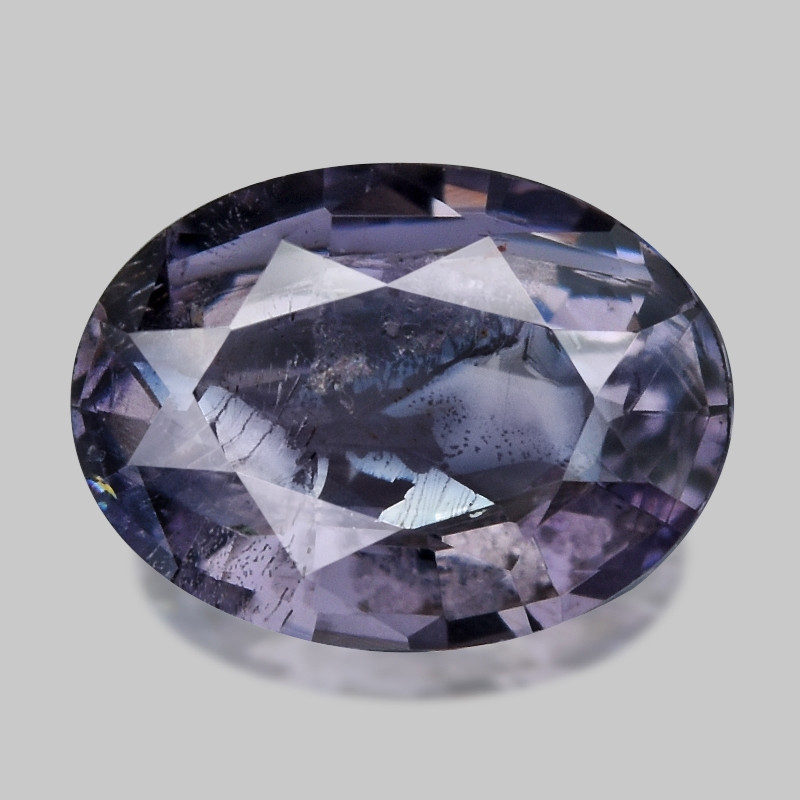
How to Identify Taaffeite
As you know, taaffeite is most commonly mixed up with spinel. Therefore, we’ll go over how to tell these two apart below.
Some important differences between taaffeite and spinel are below, with taaffeite’s value listed first in each:
Composition: Beryllium magnesium aluminum oxide vs. magnesium aluminum oxide (MgAl2O4)
Crystal System: Hexagonal vs. Cubic/Isometric
Mohs Hardness: 8 to 8.5 vs. 8
Refractive Index: 1.719-1.730 vs. 1.712-1.762
Density: 3.60-3.62 vs. 3.54-3.63
As you can see from the last properties listed above, taaffeite and spinel are still very similar. Some gemologists even consider taaffeite to be intermediate between spinel and chrysoberyl.
The most important distinction between the two is double-refraction, or birefringence, which is only present in taaffeite, not in spinel. Having this property means taaffeite has two refractive indices instead of one.
You can find taaffeite’s birefringence value and other remaining mineral data below:
Mohs hardness: 8-8.5
Color: Shades of pink and purple, colorless, bluish-violet, red, brown, gray, green
Crystal structure: Hexagonal
Luster: Vitreous (glassy)
Transparency: Translucent to transparent
Refractive index: 1.717-1.730
Density: 3.60-3.62; Zincian taaffeite - 3.71.
Cleavage: Imperfect/fair on [001]
Fracture: Conchoidal
Streak: White
Luminescence: Fluorescence and X-ray colors present in green
Pleochroism: Weak or absent
Birefringence: 0.004-0.009
Dispersion: 0.019
Optical effects: Very rarely chatoyancy
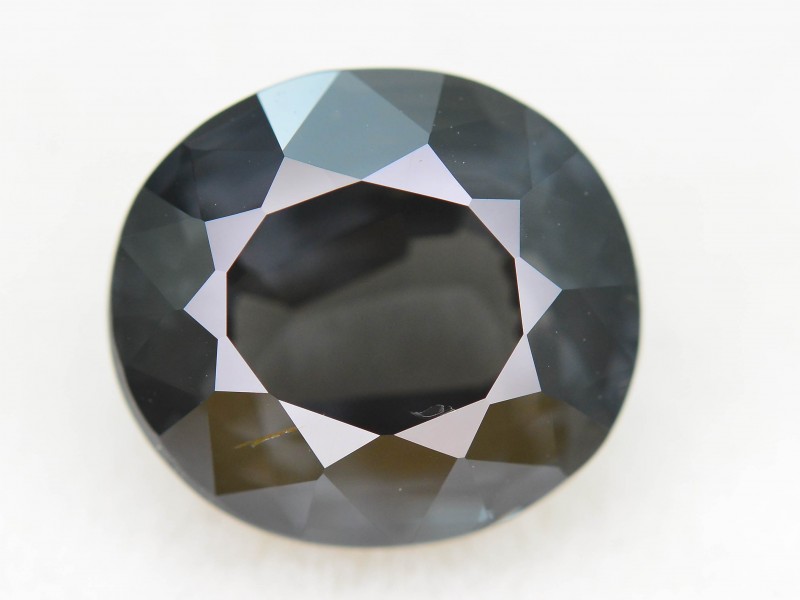 Pictured above: Musgravite
Pictured above: Musgravite
Types of Taaffeite
There’s only one official variety of taaffeite: musgravite. Musgravite is another rare stone in the taaffeite mineral group. The formula of musgravite is Mg2BeAl6O12, though it’s sometimes written as Be(Mg,Fe,Zn)2Al6O12. Unlike taaffeite, musgravite has a trigonal crystal system.
Technically, the official name of musgravite (according to the International Mineralogical Association or IMA) is magnesiotaaffeite-6N’3S — like taaffeite’s official mineral name, it doesn’t exactly roll off the tongue.
The name “musgravite” comes from the location of its discovery in 1967: the Musgrave Ranges of South Australia. The IMA renamed it to magnesiotaaffeite-6N’3S because of its magnesium and connection to taaffeite.
You may also see the name “taprobanite” come up around taaffeite information. A Sri Lankan stone that was thought to be taaffeite, then thought to be a new gemstone, was subsequently named “taprobanite.”
However, analysis proved the stone was in fact taaffeite. Luckily, all that analysis helped scientists understand taaffeite’s chemical composition better.
Speaking of analysis, testing for properties like birefringence played a huge role in taaffeite’s discovery! We’ll cover that next, along with taaffeite’s symbolism.
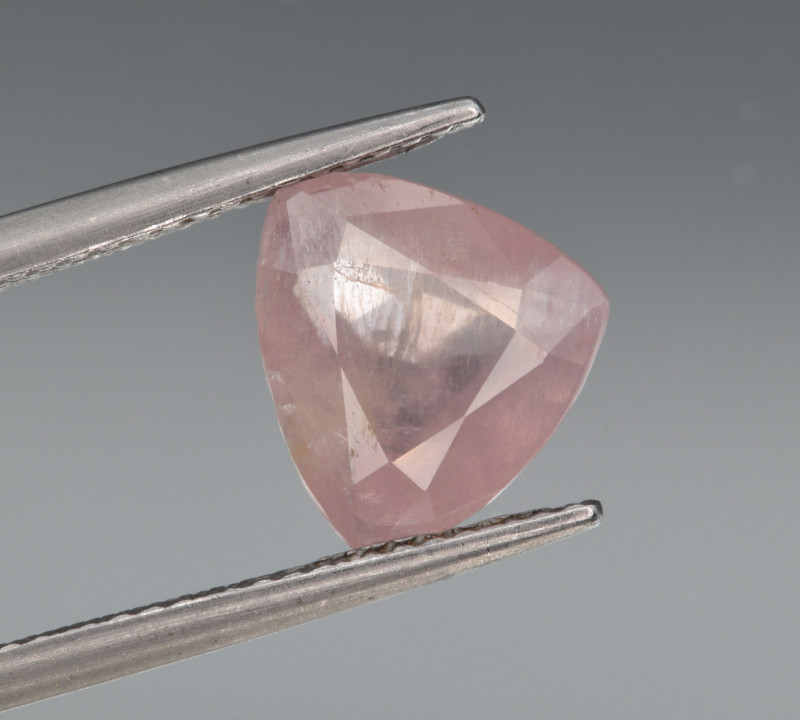
Taaffeite Meaning & History
Taaffeite symbolizes good luck, love, and vitality. It’s especially lucky for those struggling with a period of bad luck, as it’s said to transform misfortune cycles to fortune cycles.
The crystal’s mauve coloring also represents elegance, femininity, and devotion. This color ties to the transformative rebirth of spring, beloved by those in love with love (otherwise called hopeless romantics).
History
The name “taaffeite” honors the stone’s discoverer: Austrian-Irish gemologist Count Edward Charles Richard Taaffe (also called Richard Taaffe, Count Taaffe, or E.C.R. Taaffe). Those close to Taaffe called him “Uncle Yaxy.”
In 1945, Taaffe bought a parcel of cut, polished gemstones originating from Sri Lanka from a jeweler in Dublin, Ireland. Most of the stones were spinel. However, while going through the stones, Taaffe noticed one small stone that resembled spinel but displayed birefringence.
Taaffe sought confirmation and sent the cut stone to B.W. Anderson at the Laboratory of the London Chamber of Commerce for further analysis and hopefully identification.
Only four days later, Anderson replied to Taaffe that the lab researchers weren’t sure what the stone was. Soon, further tests confirmed the specimen was a new mineral. The researchers removed a portion of the 1.419-carat stone, returning the taaffeite to Taaffe as a 0.55-carat stone.
B.W. Anderson and other researchers published the new mineral’s description in Mineralogical Magazine in 1951. In 1975, O.K. Kozhevnikov published the first discovery of taaffeite in Russia.

Taaffeite Healing Properties
Like all gemstones, taaffeite can be used as a healing stone. Unlike other stones, however, taaffeite’s rarity makes it less common in spiritual circles. Still, its coloring and energies imbues the stone with certain healing powers.
The beloved mauve-colored taaffeite contains the properties of both pink and purple gemstones. On one hand, pink stones can bring emotional balance and compassion. Meanwhile, purple stones are said to facilitate spiritual growth, promote wisdom, and encourage magical qualities.
Additionally, taaffeite benefits include chakra healing. This crystal opens the heart chakra, bringing you self-love and acceptance. Taaffeite is also a crown chakra stone, opening you to the highest levels of spiritual connection.
On the physical side, taaffeite is believed to boost the immune system and support tissue growth.

Taaffeite Gemstone Properties
Taaffeite’s value comes first and foremost from its rarity, but its quality grade also influences its price. This quality grade is based on the stone’s color, cut, clarity, and carat weight.
It’s important to note that among the few taaffeites available, an even smaller percentage are considered fine-quality. Most taaffeite stones available are pale and small.
Color
Though taaffeite can show unusual hues like green or brown tones, the best hues are pinks and purples. Red taaffeite is especially rare, with only about twelve currently known.
Violet, red, or pink hues are caused by chromium (Cr3+) impurities. However, one reddish-violet taaffeite contained 4.66 percent zinc oxide along with manganese and chromium. However, this specimen also had higher density and refractive index values than most taaffeite.
Most taaffeite gemstones are pale-colored, so more saturated colors fetch much higher prices. Intensely colored taaffeites with great clarity can be even more valuable, selling for up to $15,000 per carat!
Speaking of clarity…
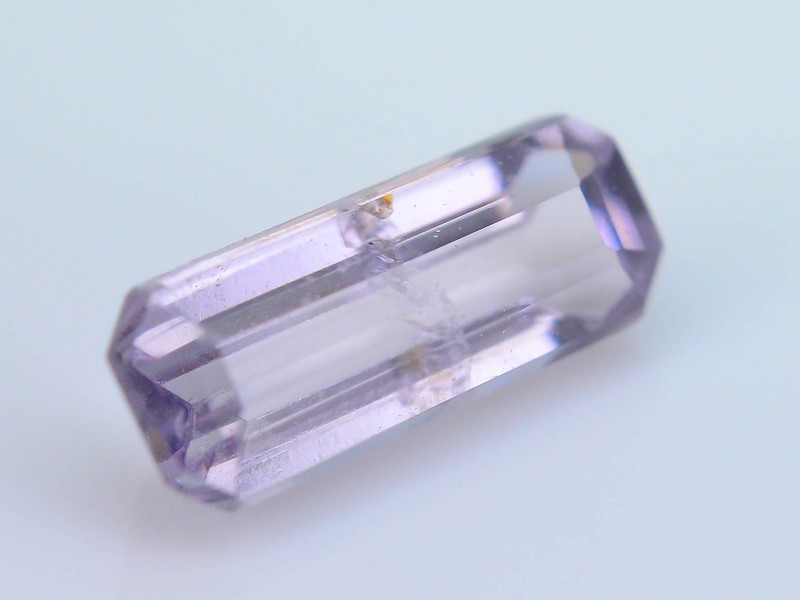
Clarity
Clarity describes the amount of visible inclusions in a gemstone. Taaffeite gems are translucent to transparent, so visible inclusions can affect the appearance.
Taaffeite has a Type II colored gemstone clarity grade, meaning it usually contains a few visible inclusions but some stones are eye-clean.
Two-phase, liquid fingerprint, and negative crystal inclusions are common. Common minerals that appear as inclusions in taaffeites, particularly from Sri Lanka, are:
You may also see healing cracks or partly healed fractures filled with liquid.
Cut
Almost all taaffeite material becomes faceted. Common faceted cuts for taaffeite are round, oval, trillion, and cushion shapes. Lower-quality material (e.g. heavily included) may be cut into cabochons.
Carat Weight
Virtually all fine-quality faceted taaffeite stones currently known are under 1 carat. That said, there are a few exceptional faceted taaffeites weighing 10-14 carats in private collections. Lower-quality material may yield 1-4 carat gemstones.
Speaking of gem material, how does taaffeite form?
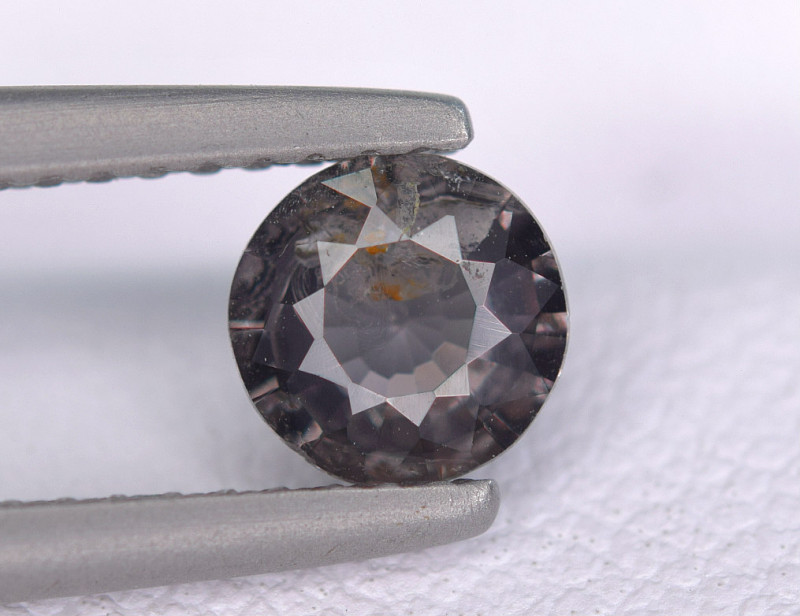
Taaffeite Formation & Sources
Taaffeite predominantly forms in sedimentary carbonate rocks, though it’s also found in alluvial deposits and limestone sediments.
You may see taaffeite crystals (or round pebbles) in skarns between dolostone and limestone beside garnet containing beryllium. Other stones found beside taaffeite are mica, tourmaline, fluorite, and spinel.
Mining Locations
Where can I find taaffeite? Sri Lanka is close to being taaffeite’s sole source. However, taaffeite also comes from Russia, Myanmar, Tanzania, and China. Gem material from China and Russia tends to be lower-quality than the taaffeites from Sri Lanka, Myanmar, or Tanzania.
Many gemologists predict more taaffeites will be found in African locales like Madagascar in the future, but the locations listed above are the only currently known sources.
Onto the million-dollar question: how much is a taaffeite worth?

Taaffeite Price & Value
Taaffeite’s rarity predictably leads to steep prices, though there are some cost brackets.
On average, the taaffeite price per carat is $1,500-$2,500 per carat, though top-grade taaffeites can reach $35,000. Colorless or pale, mid- to high-quality taaffeite gemstones typically fetch $2,000-$4,000 per carat, though many are available for around $500 per carat at wholesale.
Deep purple or pale pink taaffeites usually sell for $800-$2,500 per carat. Gems with higher saturation can go for $5,500-$7,500 per carat. The most intensely saturated, eye-clean stones may reach $15,000 per carat.
Taaffeite Care and Maintenance
Good news: taaffeite’s high hardness and lack of perfect cleavage gives it some protection, making gemstone care easier. Any type of taaffeite jewelry is durable enough for everyday wear, even a more vulnerable taaffeite ring or bracelet.
Cleaning taaffeite is also simple. Use a soft toothbrush dipped in a mixture of lukewarm water and mild soap to gently scrub the stone. Rinse the soap residue away and dry the stone with a soft cloth.
Store taaffeite away from other stones to prevent scratches among them.
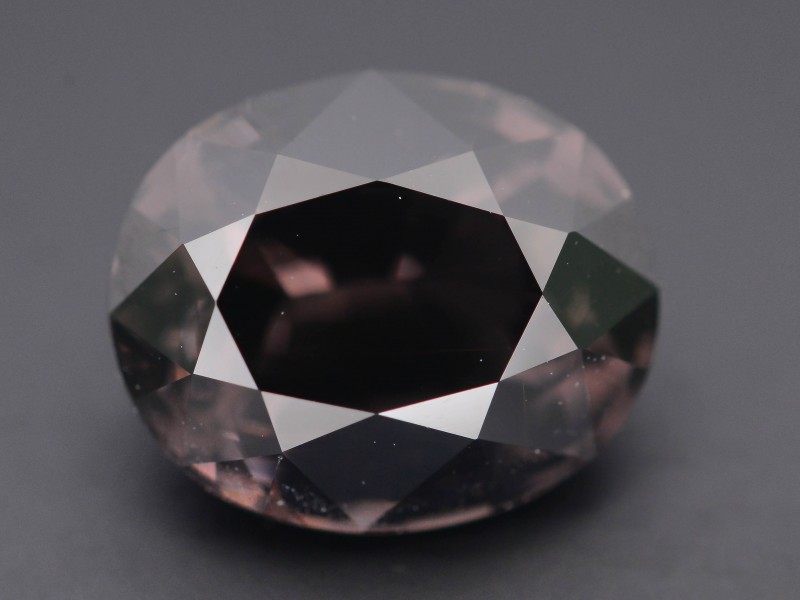
Ready to Revel in Taaffeite’s Romance?
Taaffeite is more than just a rare stone — it’s a gorgeous, romantic gem that any collector or investor dreams of acquiring. If it’s out of your budget, spinel also makes a more affordable substitute!
Regardless, taaffeite is a vibrant reminder of the beauty that Mother Earth is capable of…. even if she’s only made a limited amount. This crystal also brings out the hopeless romantic in all of us!
Buy taaffeite gemstones today!
Was this article helpful?
1 person found this article helpfulRoss Sedawie
- Written - 29th Aug 2022
- Edited - 1st Aug 2023

















